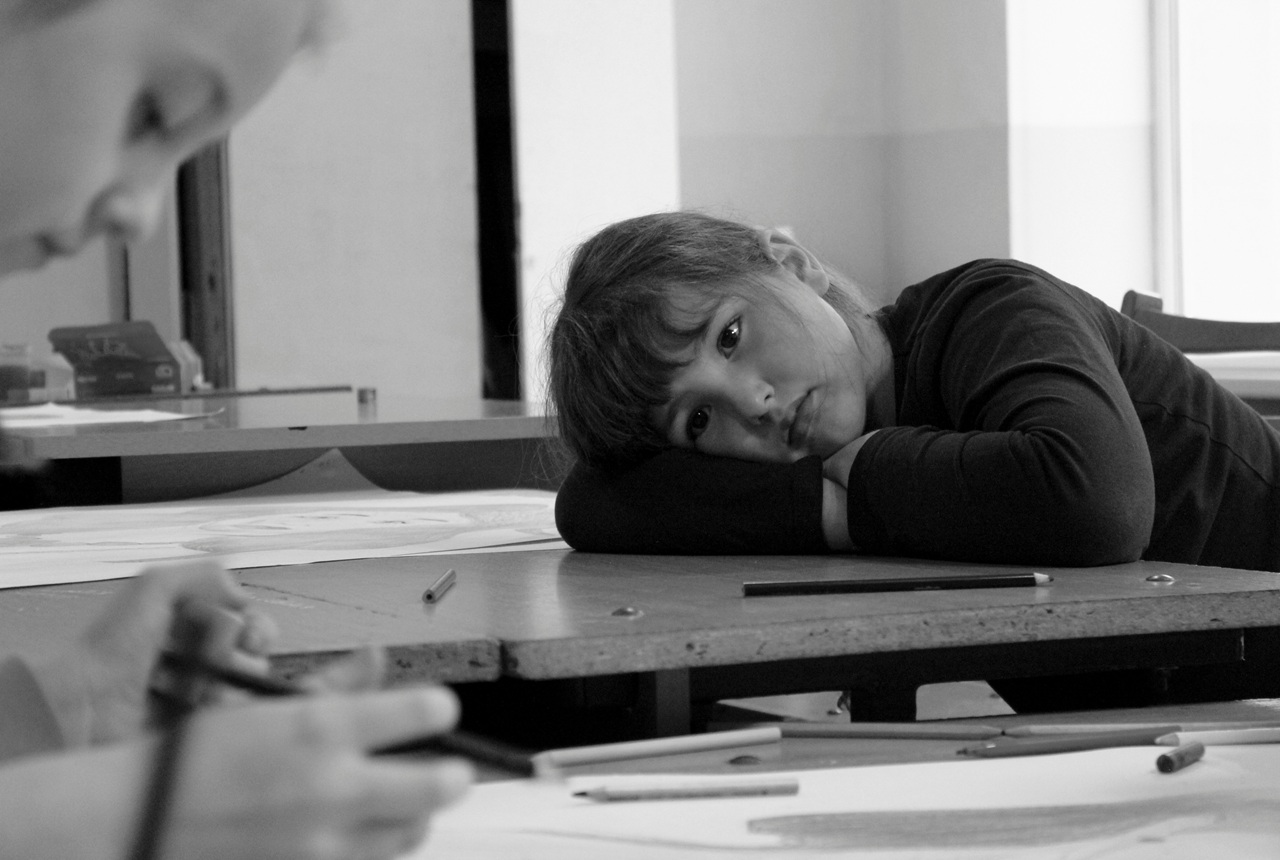November 10, 2024
5 min read
6327
August 15, 2025
10 min read

The first days of school can feel like a whirlwind, fresh notebooks, sharpened pencils, and even a bit of excitement. But as the weeks roll on, that initial energy often fades. By Week 2, 3, or 4, many kids start hitting what we call the mid-term slump, a normal but frustrating dip in motivation that leaves both children and parents feeling stuck.
So how can you tell if your child is just feeling a little “off”, or if they’re on the verge of burnout? And what can you do to help them bounce back?
Let’s explore this together.
It’s not just laziness or lack of discipline. Several real factors play into this energy drop:
This is a key point: the slump is common, and it doesn’t mean your child is failing. It means they’re adjusting.
Low Energy vs. Burnout: What’s the Difference?
It’s important to distinguish between a normal lack of motivation and actual burnout.
Low Energy might look like:
Burnout might look like:
If it’s burnout, pushing harder won’t help. Compassion and recalibration will.
1. Reset Expectations
Sometimes we expect kids to operate like adults, or like machines. It’s okay to adjust your expectations.
Ask:
2. Use Micro-Goals to Build Momentum
Break down tasks into tiny wins:
Momentum builds motivation,not the other way around.
3. Keep Learning Light (but Consistent)
Even 10–15 minutes a day can make a big difference, especially if it’s focused and low-pressure. The goal is consistency, not cramming.
If your child shows signs of deeper fatigue, troublesleeping, irritability, emotional withdrawal, take a pause. Let them rest. Boredom, downtime, and even a little disconnection are part of the process.
Rest isn’t a reward, it’s part of how kids grow.
If your child is in a slump, it’s not because they’re lazy or behind, it’s because they’re human.
They’re adjusting to new rhythms, challenges, and expectations. Just like you.
Be gentle. Be present. This season will pass, and with your support, they’ll come through it stronger.
Save this post or share with a fellow parent who needs a little reassurance today.